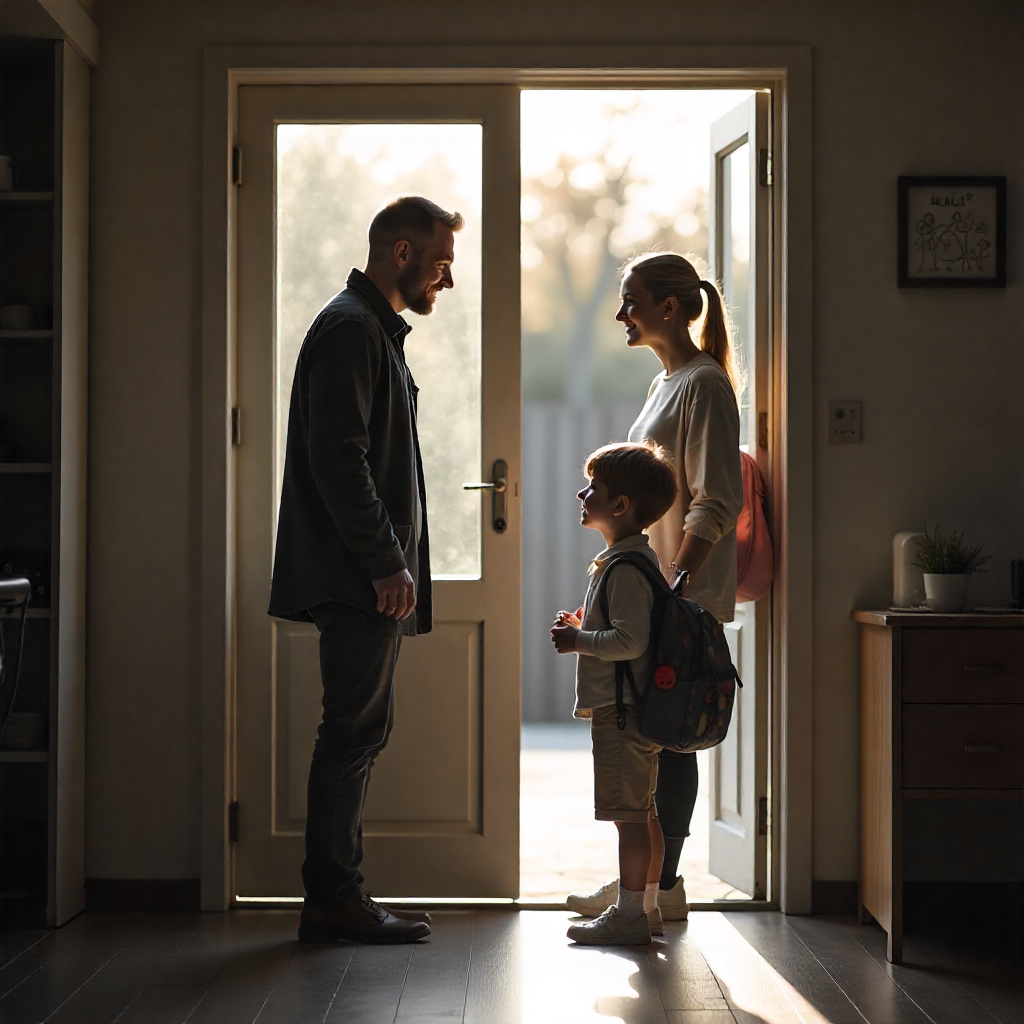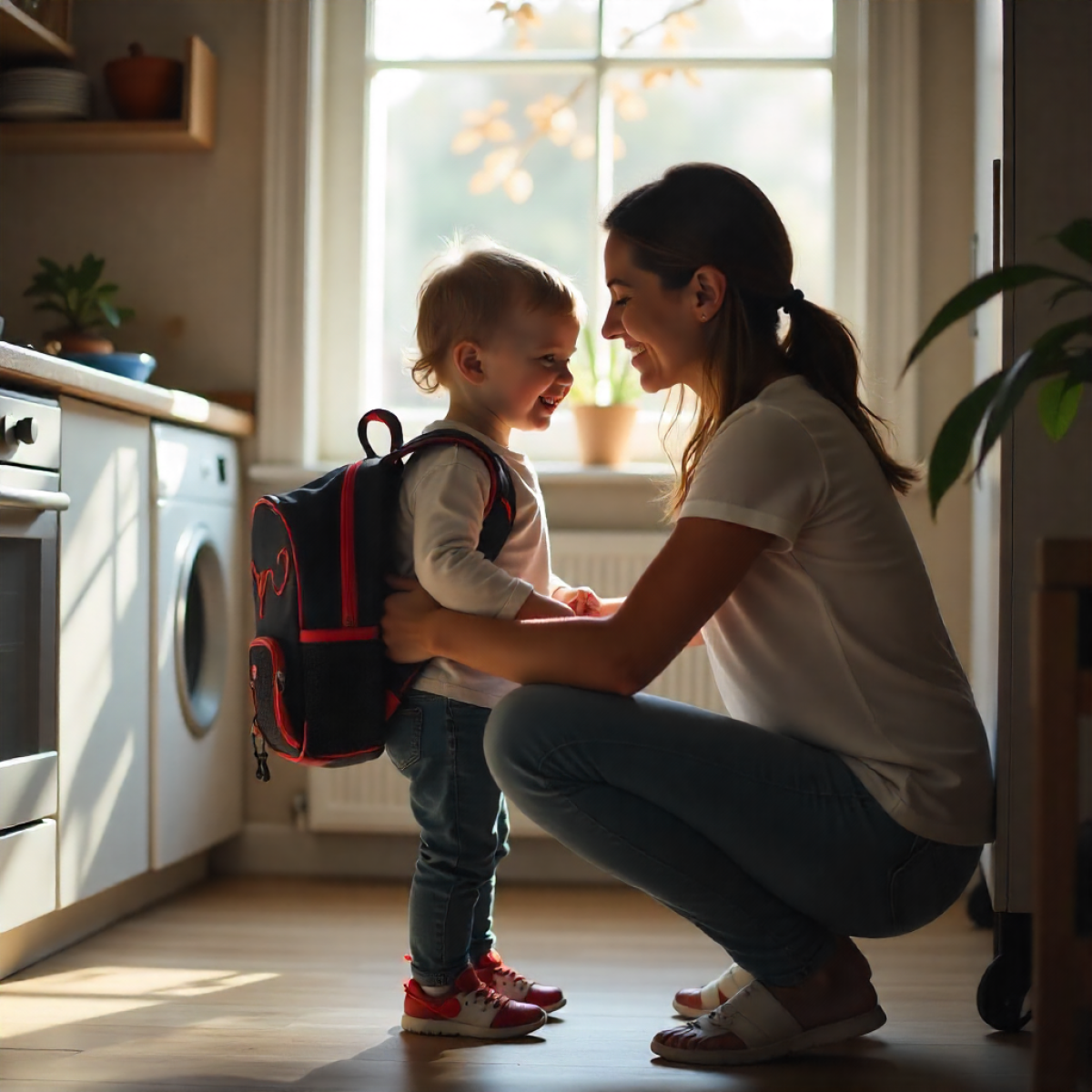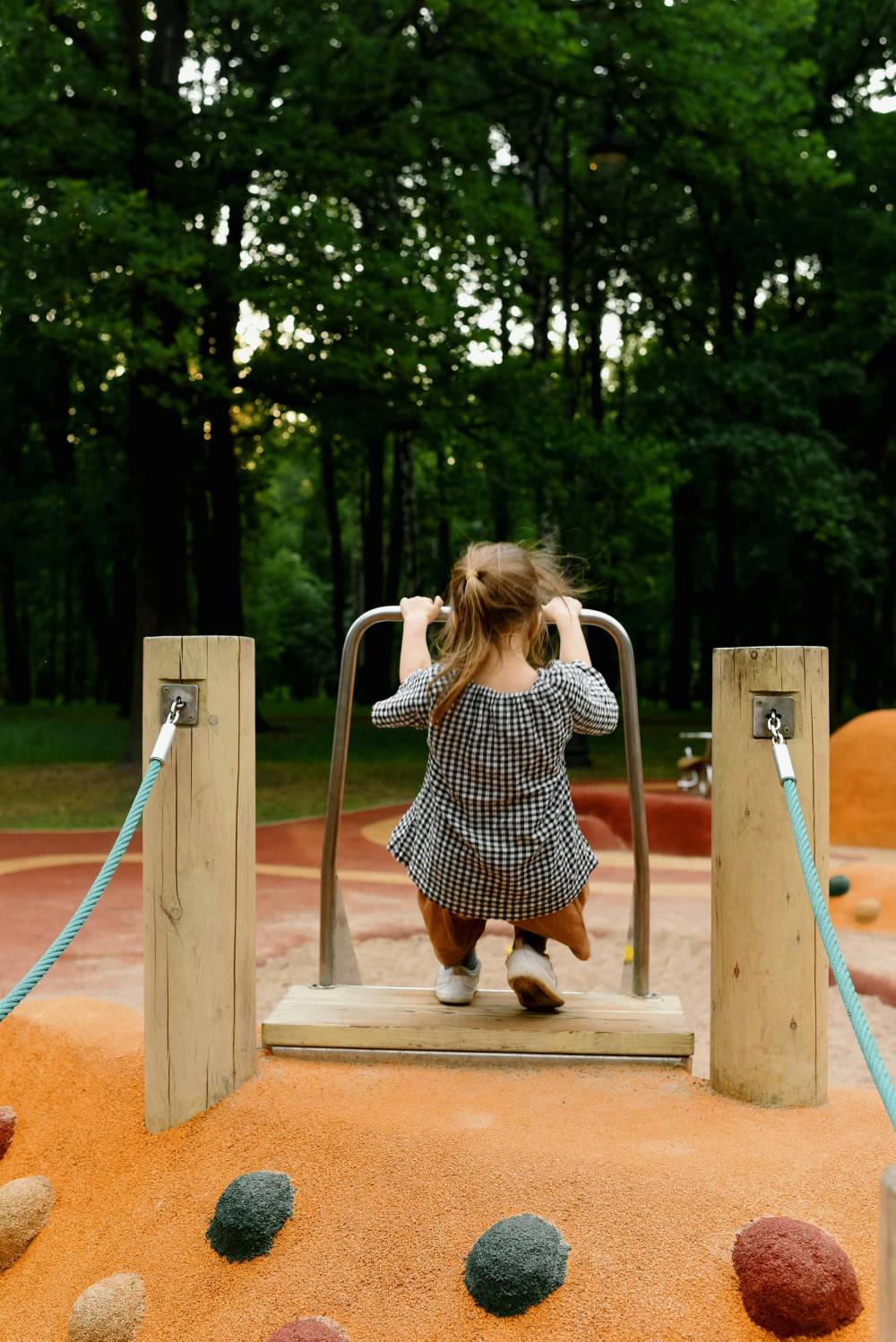For many parents, mornings before daycare can feel like a rush of emotions not just because of the time pressure, but because for a child, separating from their parent for a few hours is a big emotional step. Some children greet the day with smiles and excitement, others with tears, and some simply show quiet hesitation.
What happens in the first 30–45 minutes of the day often sets the tone for the rest of your child’s day at daycare. A gentle, predictable morning routine not only makes this transition easier, but also helps teachers start the day with a calmer, more open child.
1. Create a Consistent Routine – The Secret to Security
Children feel safer when they know what to expect. A morning routine that follows the same order each day creates predictability and reduces anxiety.
Practical example:
-
Wake up at the same time every day
-
Share a long hug or a cheerful “good morning” song
-
Breakfast always in the same spot (kitchen table, for example)

-
Get dressed after breakfast to avoid spills on clothes
A simple visual chart with pictures for each step can help even young children follow along.
2. Allow Time for a Gentle Wake-Up
Rushing a child out of bed can create stress. Giving them a few minutes to connect before the day starts can transform the mood.
Practical example:
-
A “cuddle time” of 2–3 minutes before getting up
-
Singing the same wake-up song every morning
-
A small game: “Let’s find the sunshine” opening the curtains together and looking outside
3. Involve Your Child in Small Decisions
When children have choices, even small ones, they feel more in control and less resistant.
Practical example:
-
“Do you want to wear the blue shirt or the red shirt today?”
-
“Which fruit should we pack for daycare?”
Closed questions like these work better than open ones such as “What do you want to wear?” which can cause delays or overwhelm.
4. Speak Positively About Daycare
Children pick up on their parents’ energy. If you talk about daycare with enthusiasm, they will start associating it with good feelings.
Practical example:
-
“I’m sure you’ll have fun playing new games with your teacher today.”
-
“I can’t wait to hear all the exciting things you’ll tell me later.”
Avoid phrases that bring guilt, like “I’m sorry I have to leave you.”
5. Create a Special Goodbye Ritual
A personal “goodbye code” can make separation something the child looks forward to.
Practical example:
-
A big bear hug + a high five + a little nose “boop”
-
A special phrase you always say, like “See you after lunch, champion!”
6. Don’t Leave Without Saying Goodbye
Sneaking out might seem easier, but it can make your child feel unsafe. Even if they cry, saying goodbye openly teaches them that leaving is temporary.
Tip:
Always keep your promise, return at the time you said you would. This builds trust.
7. Partner with the Teacher

A quick chat with the teacher in the morning can help them support your child better.
Practical example:
-
“He didn’t sleep very well last night, so he might be a bit sensitive today.”
-
“She’s really excited about the ball game you mentioned yesterday.”
Small updates like this give the teacher tools to guide your child’s day more smoothly.
8. Offer a Comfort Object
A “security item” can be a bridge between home and daycare.
Practical example:
-
A soft scarf from a parent
-
A small plush toy
-
A tiny photo tucked into their bag
Over time, they’ll rely on it less as they adjust.
Helping a child adapt to daycare is a process that requires patience and consistency. Children adapt more easily when mornings are calm, predictable, and full of loving connections. Every hug, every positive word, and every consistent step is an investment in your child’s emotional well-being.
By using these techniques, you’re not only helping your child feel secure and happy, but you’re also giving their teacher a great start to the day with a child who’s ready to learn, play, and create beautiful memories.








